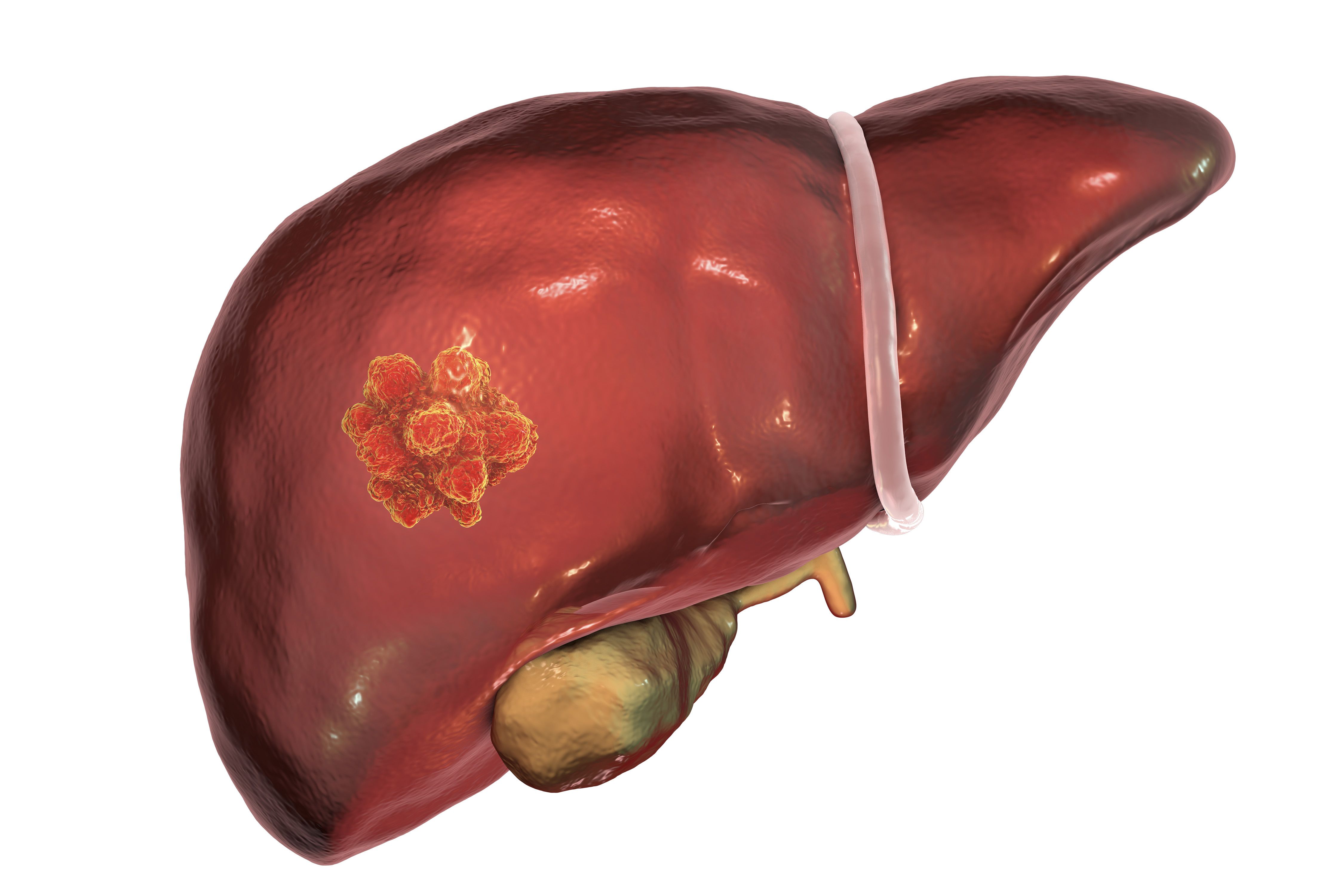Lenvatinib Combo Yields Safety, Disease Control in Hepatocellular Carcinoma
Treatment-emergent adverse effects following therapy with fostrox plus lenvatinib among those with hepatocellular carcinoma appear to be manageable in a phase 1a/2a study.
“Almost all patients presented a stable disease at the first assessment. Only 4% of patients progressed at that time. We still have patients that are ongoing, and the most important characteristic is that all patients who developed a partial response presented a long-term stable disease before achieving this response,” according to Maria Reig, MD, PhD.

Lenvatinib (Lenvima) in combination with fostroxacitabine bralpamide (fostrox; MIV-818) appeared to be tolerable while producing clinical activity in those with hepatocellular carcinoma, according to findings from a phase 1b/2a study (NCT03781934) presented at the 2024 Gastrointestinal Cancers Symposium.
In particular, the combination regimen demonstrated a durable disease control rate (DCR), with 61% of patients experiencing clinical benefit at 18 weeks. The median time to progression was 5.1 months, with 40% of patients still on treatment in the study.
According to local review of the results, 5 patients experienced a partial response (PR), 11 had stable disease (SD), and 4 reported with progressive disease (PD), whereas 1 patient experienced a complete response, 5 had PRs, 9 reported SD, and 5 had PD, according to central review.
Investigators noted that there were no grade 5 adverse events (AEs) observed. “…Treatment emergent adverse events [TEAEs] were typically transient and manageable hematological events. Lenvatinib-related AEs were in line with expectations for monotherapy use,” they added in their poster presentation.
“Almost all patients presented a stable disease at the first assessment. Only 4% of patients progressed at that time. We still have patients that are ongoing, and the most important characteristic is that all patients who developed a partial response presented a long-term stable disease before achieving this response,” Maria Reig, MD, PhD, of Hospital Provincial Clinic de Barcelona, noted in a video presentation of the data.
The most common grade 3 or 4 TEAEs were thrombocytopenia (any grade, 65%; grade 3 or higher, 30%), hypothyroidism (any grade, 55%), and neutropenia (any grade, 50%; grade 3 or higher, 40%).
After a median follow-up of 3.8 months, there was 1 treatment discontinuation (5%) due to AEs and 30% of patients dose reduced; however, each agent was congruous with its safety profile.
Regarding pharmacokinetic (PK) and pharmacodynamics, fostrox was absorbed and eliminated quickly as expected for this type of prodrug, the investigators noted. This resulted in low exposure throughout the body, and the main substance found in the blood was troxacitabine. In the second cycle of fostrox treatment, 6 out of 8 liver biopsies showed no signs of DNA damage in normal liver tissue; however, 2 biopsies showed DNA damage in tumor tissue with low staining (2%-3%) in adjacent liver tissue and higher staining (7%-31%) in the tumor, confirming a tumor-selective effect of fostrox in combination with lenvatinib.
The 2-part study started with a 3+3 cohort and then a dose-expansion phase, administering a range of 20 mg to 30mg of fostrox. At the interim cutoff, 18 patients received a daily, oral dose of fostrox for 5 days in 21-day cycles. Three patients (15%) received a 20-mg dose of fostrox and 15 patients (85%) were given a dose of 30 mg in combination with an 8- to 12-mg dose, based on bodyweight, of oral lenvatinib. A 40-mg dose of fostrox monotherapy was originally recommended for the phase 2 dose; however, 30 mg was selected based on long-term safety and tolerability.
Safety and tolerability served as the primary end point of the study, and key secondary end points were objective response rate based on RECIST 1.1 and modified RECIST criteria, DCR, and progression-free survival. Other exploratory end points consisted of the PK and pharmacodynamic effects of fostrox when combined with lenvatinib.
To be eligible for the study patients needed confirmation of HCC through histological, radiological, or cytological methods; Child-Pugh A disease; be 18 years or older; have an ECOG performance status of 1 or less; and adequate organ function.
Among the patients enrolled, 85% had prior second-line treatment and 15% underwent prior third-line treatment. Eighty-five percent of patients had prior first-line systemic treatment–including atezolizumab (Tecentriq)/bevacizumab (Avastin)–and all patients had progression of disease on prior treatment. Overall, 70% of patients had extrahepatic lesions and 75% had viral disease (hepatitis B, 80%; hepatitis C, 20%).
The median age of patients was 63 years (range, 42-82), and the majority were male (75%). Patients were enrolled across 15 sites located in Spain, South Korea, and the United Kingdom, and 65% of patients were of Asian descent and 35% of European descent.
In phase 1 of the study, fostrox exhibited an acceptable safety and tolerability profile and the biomarker data of liver biopsies showed an effect on cancer cells. Investigators hypothesized that lenvatinib has the potential to synergize with fostrox by increasing the production of the active form of fostrox in the tumor through hypoxia. Fostrox is a new smart chemotherapy, investigators noted; however, little benefit is observed after first-line progression for advanced HCC and other effective and tolerable options are required.
“Based on these results, a randomized phase 2b [study] is planned to further evaluate the clinical benefit of fostrox 30 mg in addition to standard dose of lenvatinib in the second-line for patients with HCC who progressed on immuno-oncology therapy combinations in the first line of treatment,” investigators concluded in the poster.
Reference
Reig M, Evans TRJ, Jae Chon H, et al. First safety and efficacy data from phase Ib/IIa study of fostroxacitabine bralpamide (fostrox, MIV-818) in combination with lenvatinib in patients with hepatocellular carcinoma (HCC). J Clin Oncol. 2024;42(3):476.